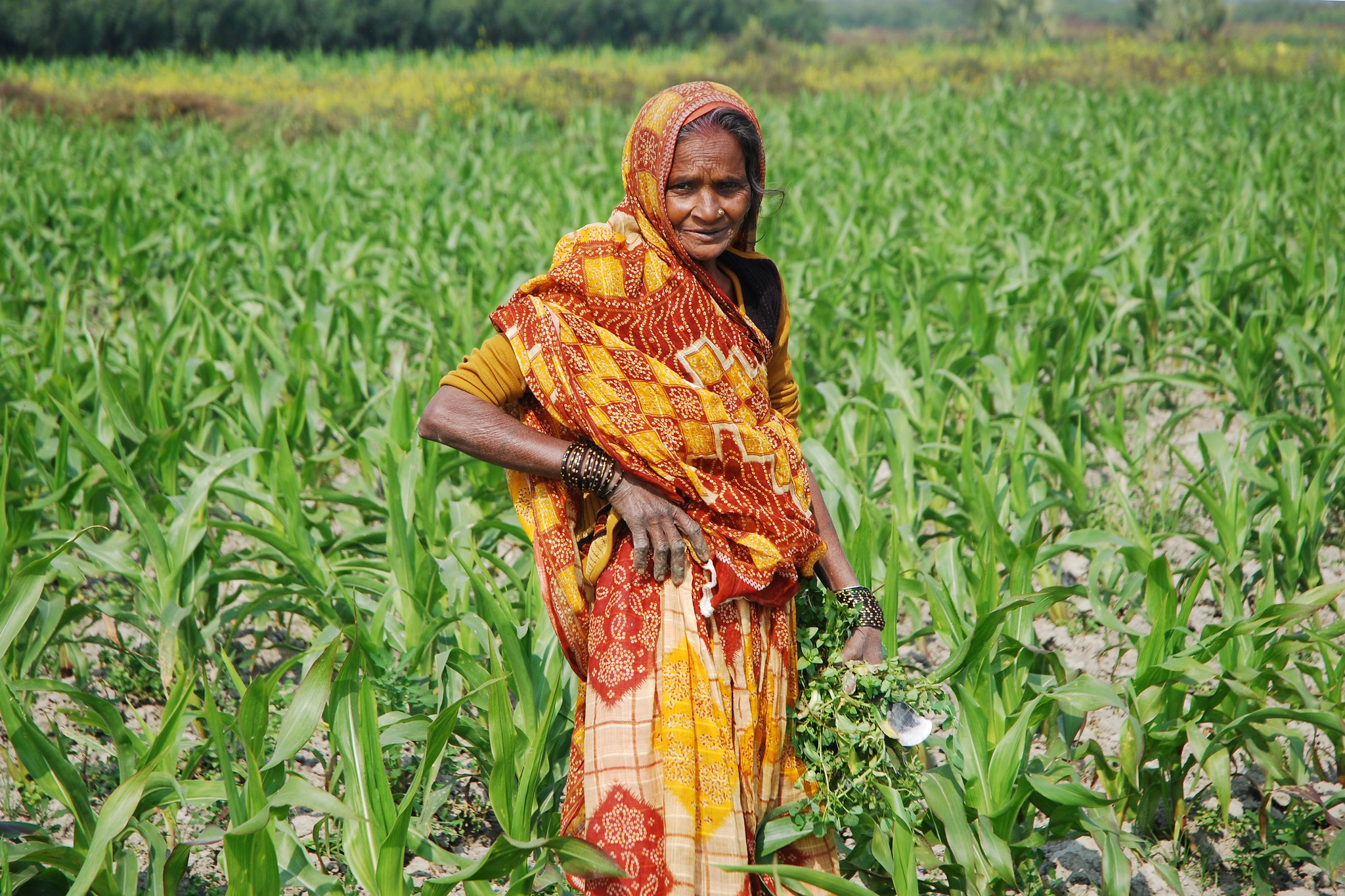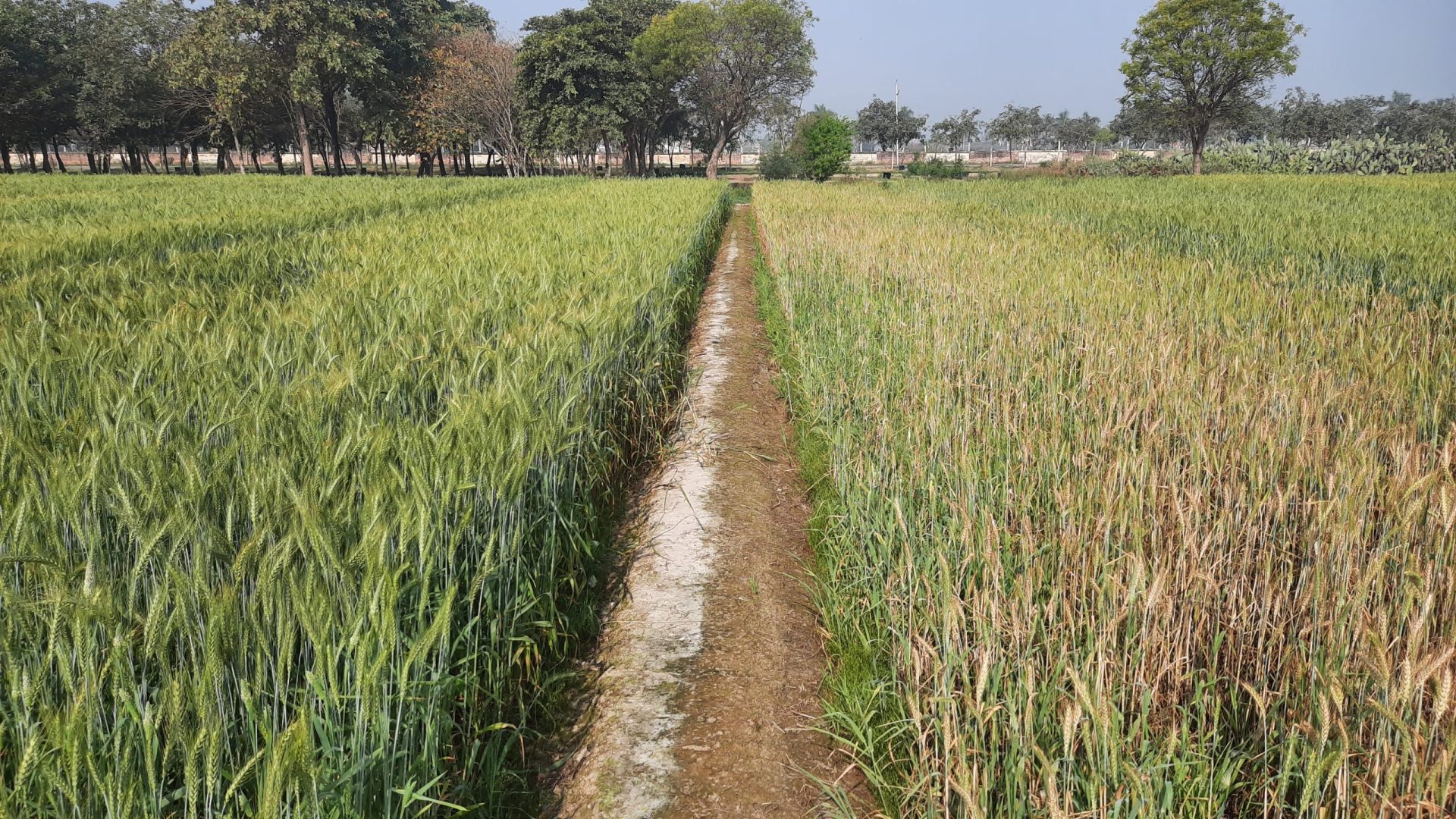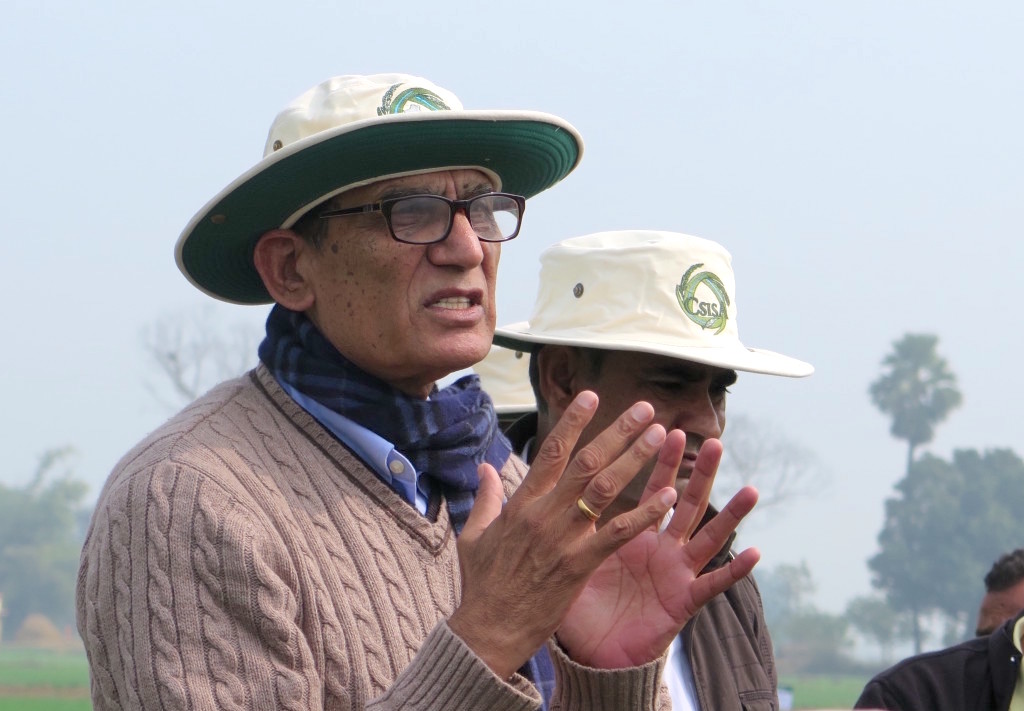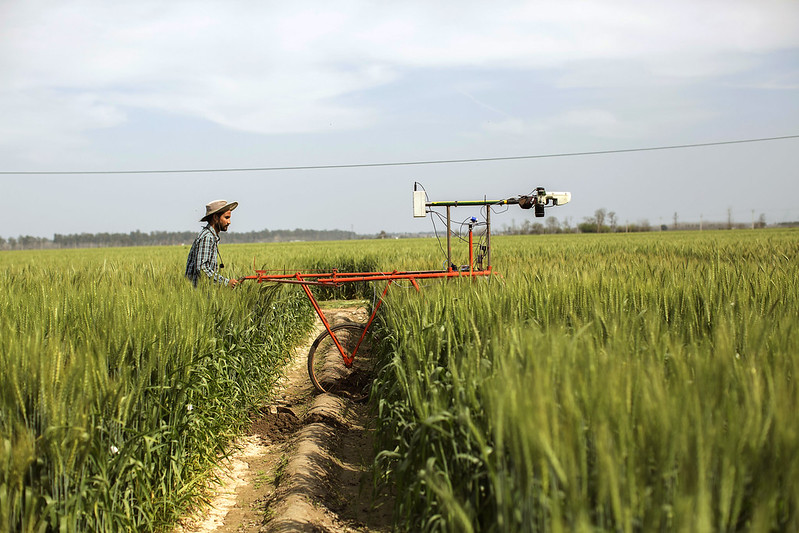Rice-wheat cropping rotations are the major agri-food system of the Indo-Gangetic Plains of South Asia, occupying the region known as the “food basket” of India. The continuous rice-wheat farming system is deceptively productive, however, under conventional management practices.
Over-exploitation of resources leaves little doubt that this system is unsustainable, evidenced by the rapid decline in soil and water resources, and environmental quality. Furthermore, continuous cultivation of the same two crops over the last five decades has allowed certain weed species to adapt and proliferate. This adversely affects resource-use efficiency and crop productivity, and has proven to negatively influence wheat production in the Western Indo-Gangetic Plains under conventional wheat management systems.
Studies suggest weed infestations could reduce wheat yields by 50-100% across the South Asian Indo-Gangetic Plains. Globally, yield losses from weeds reach 40%, which is more than the effects of diseases, insects, and pests combined.
Herbicides are not just expensive and environmentally hazardous, but this method of chemical control is becoming less reliable as some weeds become resistant to an increasing number common herbicides. Considering the food security implications of weed overgrowth, weed management is becoming increasingly important in future cropping systems.
How can weeds be managed sustainably?
Climate-smart agriculture-based management practices are becoming a viable and sustainable alternative to conventional rice-wheat cropping systems across South Asia, leading to better resource conservation and yield stability. In addition to zero-tillage and crop residue retention, crop diversification, precise water and nutrient management, and timing of interventions are all important indicators of climate-smart agriculture.
In a recently published 8-year study, scientists observed weed density and diversity under six different management scenarios with varying conditions. Conditions ranged from conventional, tillage-based rice-wheat system with flood irrigation (scenario one), to zero-tillage-based maize-wheat-mung bean systems with subsurface drip irrigation (scenario 6). Each scenario increased in their climate-smart agriculture characteristics all the way to fully climate-smart systems.
At the end of 8 years, scenario six had the lowest weed density, saw the most abundant species decrease dramatically, and seven weed species vanish entirely. Scenario one, with conventional rice-wheat systems with tillage and flooding, experienced the highest weed density and infestation. This study highlights the potential of climate-smart agriculture as a promising solution for weed suppression in northwestern India.
Read the full study: Climate-smart agriculture practices influence weed density and diversity in cereal-based agri-food systems of western Indo-Gangetic plains
Cover image: Farmer weeding in a maize field in India. (Photo: M. Defreese/CIMMYT)


 Environmental health and biodiversity
Environmental health and biodiversity 
